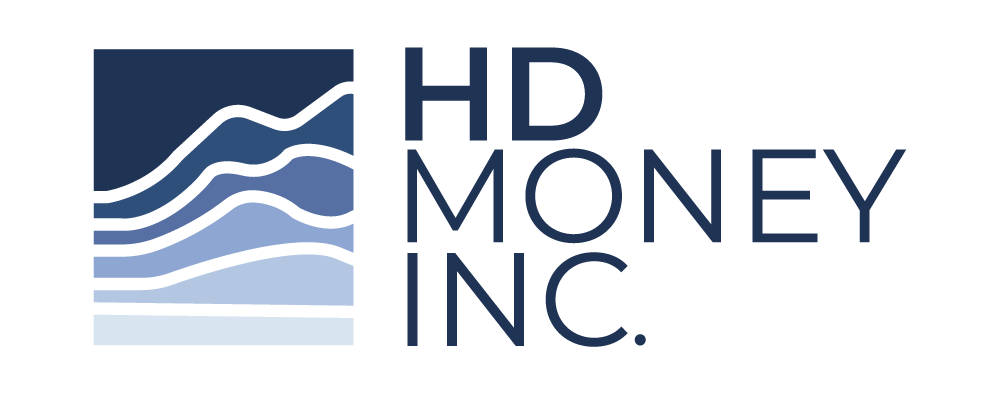The following two types of retirement savings methods may sound similar, but there are a lot of important differences that might be useful for you to know if you’re looking to get a better understanding of what retirement might look like for you.
Defined-Benefit
Let’s start with a defined-benefit plan. These types of plans commonly come in the form of pension plans.[1] A pension plan guarantees a certain level of retirement benefit based on your salary and how many years you worked for the company.[2] As an employee with a defined-benefit plan, you have little control over the investment decisions related to your retirement account.[3] But this may not be a concern for the employee because they are promised a fixed amount when they retire, regardless of how well the pension fund performs.[4]
There is risk associated with this kind of account for the employer because the employer could potentially lose out on their investments in the pension fund while still being liable to pay the employee the agreed-upon amount.[5] This is one reason why many employers have moved away from this kind of retirement plan.
When you take your defined-benefit payment, you can choose one of two modes: either a lump sum or a fixed monthly payment (commonly for life), sometimes adjusted for inflation based on the type of pension.[6] The lump sum, which may become an option for you via an employer buyout, will give you the entire value of the plan all at once based on a calculation including your years of service to the employer, the average of your highest-earning salary years, and the interest rates at the time. You can do what you want with this money, including purchasing an annuity with a more favorable monthly payment rate, investing it through a defined-contribution retirement account, or something else. The monthly payment rate is calculated based on an average of your highest-earning years and the amount of time spent with the company.[7]
Defined-Contribution
Defined-contribution plans are generally how the majority of retirement plans are set up these days. They are funded mostly by the employee (though the employer may also make contributions).[8] Many employees these days may have a 401(k), which is a kind of defined-contribution plan.[9] For a defined-contribution plan, the employer has no obligation to ensure the performance of the account is able to meet a payout level.[10] Because the employer doesn’t guarantee an amount to the employee on retirement, they have no stake in whether the account does well, even if they are contributing to the account. The investment risk is borne by the individual, and he or she has direct access to market returns to fund their retirement.
When the employee retires, they decide how they will receive their money from a defined-contribution account by making withdrawals in whatever amount they please and at any time past a certain age.[11] Effectively the funds in many types of defined-contribution accounts become freely accessible at age 59 ½.[12]
The Takeaway
Regardless of the kind of retirement accounts you may have, if you are interested in finding guidance for your financial journey, feel free to schedule a call to reach out to our financial professionals today at HD Money for a complimentary review of your situation.





